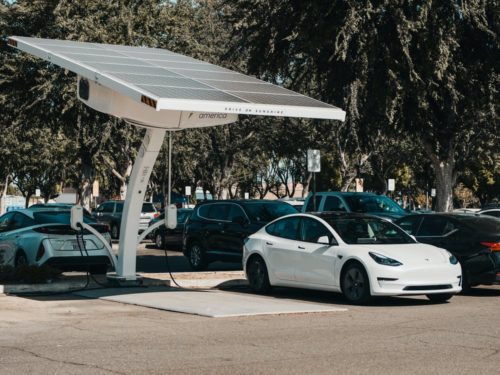Tips On Maintaining A New Car

A new vehicle like any other machine requires frequent maintenance. The tips for maintaining a new car will help protect your vehicle and allow it to keep running efficiently for longer. Your car’s manual will summarize all the upkeep, and when it needs to get done. Some parts of your car must be frequently checked, while others don’t. Remember to keep up with the schedule of maintaining a new car.
Maintaining a new car for smooth operation takes effort, but you don’t need to be a pro to maintain your car. The main obstacle is being conscious of what your car needs. Even being aware of the basics should help you to keep your car’s upkeep. Mentioned below are tips that help you maintain your vehicle.
Check Level Of Oil
Each month, or every other gas fill and specifically before a long road trip, it’s good to check beneath the hood of your vehicle and examine the engine oil and coolant. It’s best to perform this action when the engine is cool. If the levels of either are low, then it can lead to engine complications. You can refer to the car’s manual to find both. It helps you find out if anything is wrong and repair it quickly in case there is any leakage in the transmission fluid, brake fluid, or glass cleaner.
Filter Air
The engine’s air needs to be regularly filtered as it regulates fluent airflow in the engine and assists in keeping particles and debris out of it. Make sure that the air filter flows smoothly to help boost the efficiency of fuel, lower emissions, and keep your engine working longer. It’s vital to keep a check on the surroundings of the air filter, battery, and exhaust system. This aids in preventing the car from failing unexpectedly.
Tire-Pressure
Tire pressure is a necessity that requires it to be sustained. Before long-distance travel, or once every month, check to make sure that the tire pressure is according to what the manufacturer suggests. Rotate the vehicle’s tire to level tread damage. This approach helps keep your tires in the best shape and helps to extend their life.
Inspect Hoses & Belts
To go up and beyond your car’s routine checkup, inspect the belts and hoses that are located in the engine bay. The hoses go through the flow of coolant to safeguard the engine against overheating. Check for separation in the hose or displays of signs like bulges and cracks. If there are, then you need to replace them. Likewise, inspect your belts too. The belt’s timing is critical to the control of the car’s engine. The belt showing damage includes loss of material, glazing, and cracking for replacement. A timing belt gone wrong can cause serious destruction to the engine.
Change Your Wiper Blades
When the wiper blade system is working, the blades screech, or windows streak. If it does, a replacement is required. If you’re ever stuck in a rainstorm, your wiper blades are what helps you give visibility. Hence, it’s an essential part of maintenance. You don’t want to be caught with them being damaged as you never know when they’ll be vital.
Maintain Brakes
Brakes are an important element in every car. One should always check on how their car’s brakes sound as well as feel before they drive. If there’s added pressure when using the brake or it feels soft, then they need to be looked over by a mechanic. Brake noises can specify when reparation is necessary. If your brake squeals, grinds, or rattles, then it’s time to replace or repair them depending on the damage.
Remove Battery Corrosion
Regarding the battery of the car, the key necessity is to make sure that the terminals of the battery don’t get corrosion. Certain environmental events can cause the accumulation of dirt that delays operation. A brush of wire along with baking soda makes it come right off.
Everything required for maintaining a new car is mentioned in its manual. Knowing your vehicle’s limits is an essential part of not abusing it. Remember not to overlook the subtle hints of parts that are not looking good and replace them.








